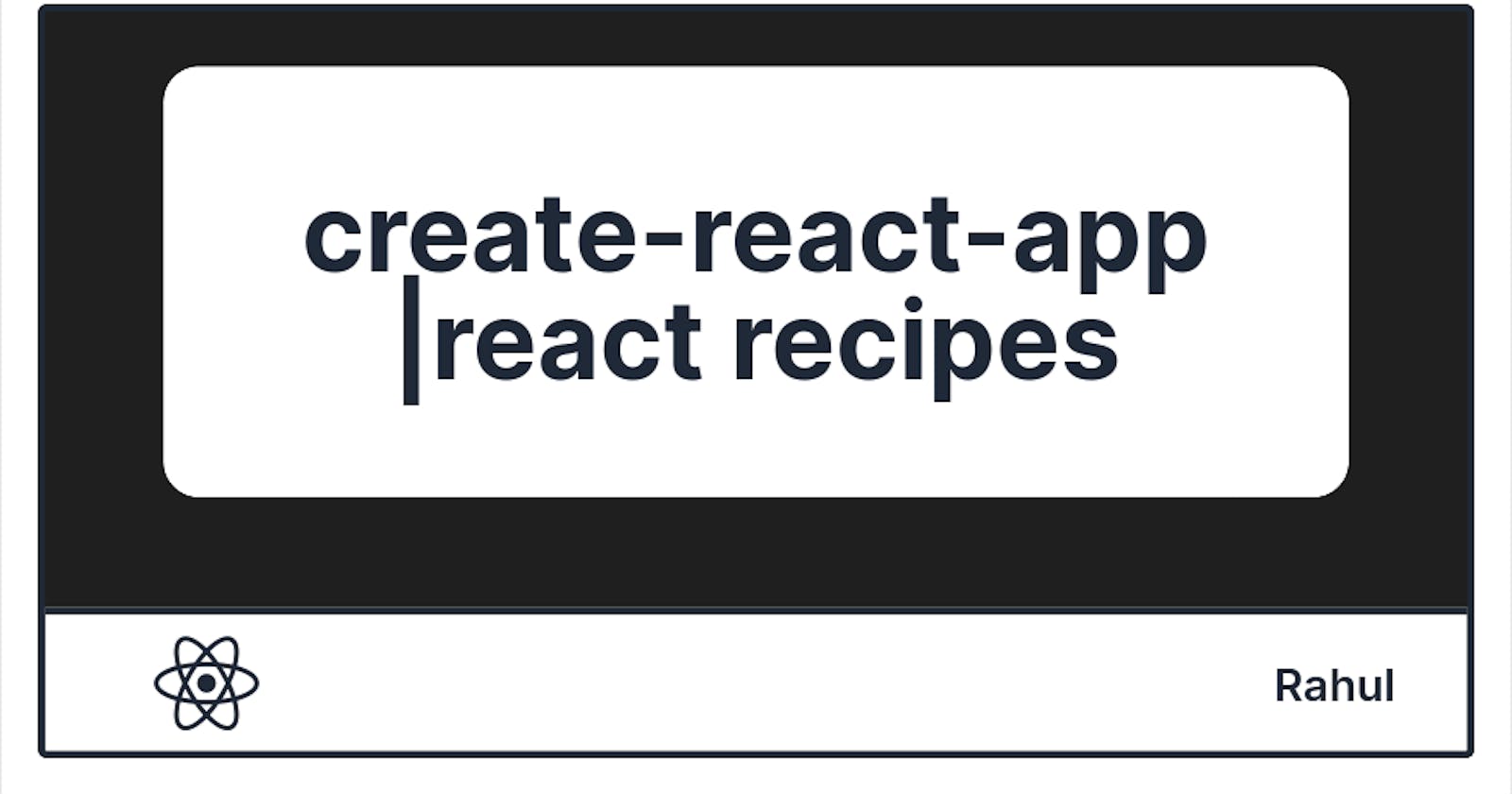Welcome to this article on React, a JavaScript library for building user interfaces!
React is a popular and widely-used tool for developing web applications and has gained a lot of traction in recent years. It is designed to make building complex and interactive user interfaces easier and more efficient.
In this article, we will cover the basics of React, its key features and benefits, and how it can be used to build web applications.
Before diving into React, it is assumed that the reader has a basic understanding of HTML, CSS, and JavaScript. While React itself is not too difficult to learn, having a solid foundation in these technologies will make it easier to understand and use React effectively.
What are the benefits of React?
Reusable components
Virtual DOM
Declarative syntax
High performance
Wide adoption
Setting up React Environment
Setting up a development environment for React is relatively simple and can be done with just a few tools. Here I will walk through the steps to set up a development environment for React, including installing Node.js, a code editor, and a web browser.
Install Node.js: The first step in setting up a development environment for React is to install Node.js, which is a JavaScript runtime that allows you to run JavaScript on the server side. You can download the latest version of Node.js from the official website (https://nodejs.org/) and follow the installation instructions for your OS.
Choose a code editor: Next, you will need to choose a code editor to write and edit your React code. Some popular options include Visual Studio Code, Sublime Text, and Atom. Choose the one that you are most comfortable with and install it on your computer. I use VS Code, it's powerful truly.
Create a new React project: Now that you have the necessary tools installed, you are ready to create a new React project. There are several ways to do this, but the easiest method is to use a tool called
create-react-app.To install create-react-app, open a terminal window and enter the following command:js npm install -g create-react-app
This will install create-react-app globally on your machine, allowing you to use it to create new React projects from the command line.
To create a new React project with create-react-app, navigate to the directory where you want to create the project and enter the following command:
create-react-app my-project
Replace "my-project" with the desired name for your project. This will create a new directory with the specified name and set up a basic React project with the necessary files and dependencies.
- Run the project: Once the project has been created, you can start the development server by navigating to the project directory in the terminal and entering
npm start.
This will start the development server and open the project in your default web browser. You should see a "Welcome to React" message displayed on the page. Something like this below.

Congratulations, you have successfully set up a development environment for React!
Understanding Structure of your React App
In your React application, the structure and organization of your code is important in order to create a well-designed and maintainable application.
Here I will explore the basic structure of a React application and how it is used to build single-page applications (SPAs).
What is JSX ?
JSX is a syntax extension for JavaScript that is used in React to describe what the UI should look like. It is similar to HTML and allows you to create and manipulate elements on the page using a declarative syntax.
For example, the following code creates a div element with a class name of "container" and some text inside:
<div className="container">
Hello, world!
</div>
JSX is not required to use React, but it is a powerful tool that makes it easier to build and maintain complex user interfaces.
What are Components in React?
In React, components are the building blocks of the application. They are reusable pieces of code that can be used to create and render elements on the page.
Components can be as simple as a single function or as complex as a full-fledged class, depending on the needs of the application.
For example, the following code defines a simple component that returns a div element with a class name of "container" and some text inside:
function MyComponent() {
return (
<div className="container">
Hello, world!
</div>
);
}
Components can be composed and nested to create more complex UI elements. For example, you can have a header component that contains a logo and a navigation menu, and a footer component that contains a copyright notice. These components can then be combined to create a complete page layout.
What is Virtual DOM
The virtual DOM is an abstract representation of the actual DOM that is used to efficiently update the actual DOM. When a component's state or props (properties) change, React uses the virtual DOM to determine the minimal amount of DOM manipulation required to update the page.
This can greatly improve performance and user experience, especially in large and complex applications.
What are Single-Page Applications:
A single-page application (SPA) is a type of web application that loads all of its content and resources on a single web page, rather than loading a new page for each action or interaction. This can create a more seamless and intuitive user experience, as the page does not need to be reloaded each time the user performs an action.
React enables the creation of single-page applications by allowing developers to create reusable components that can be easily manipulated and rendered on the page.
This makes it easier to build and maintain large and complex SPAs, as changes to one component can be made without affecting the rest of the application.
I hope you were succesful in creating you first react app, Let me know if you have any issues.
Create your Fueler profile today!

